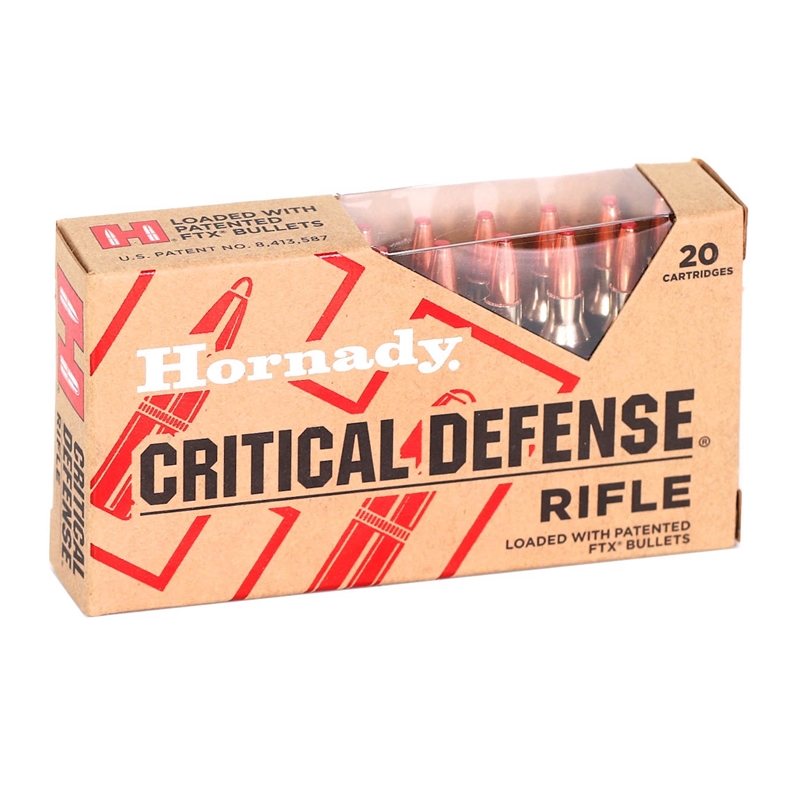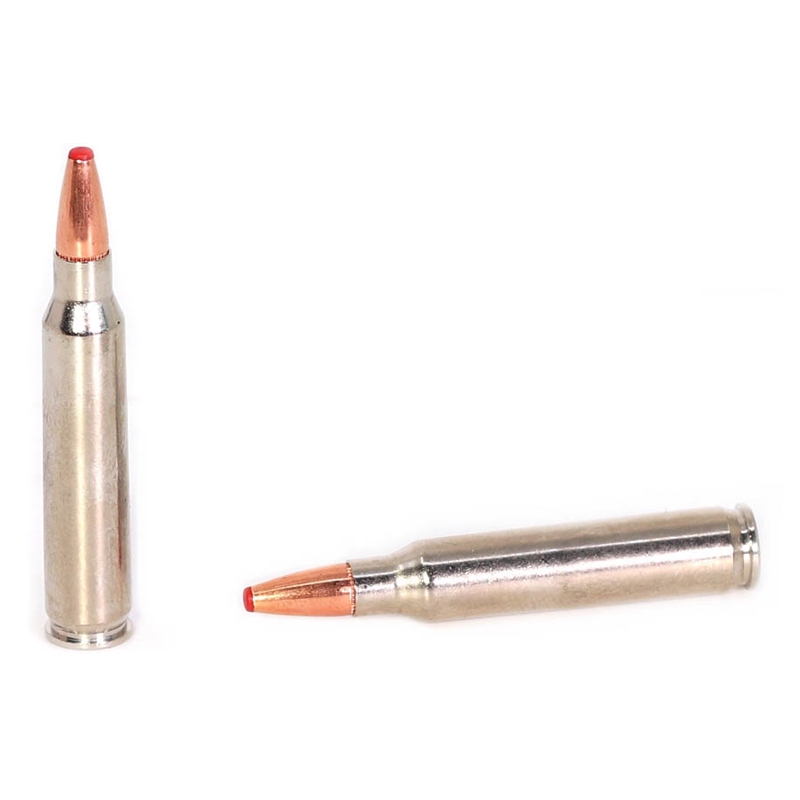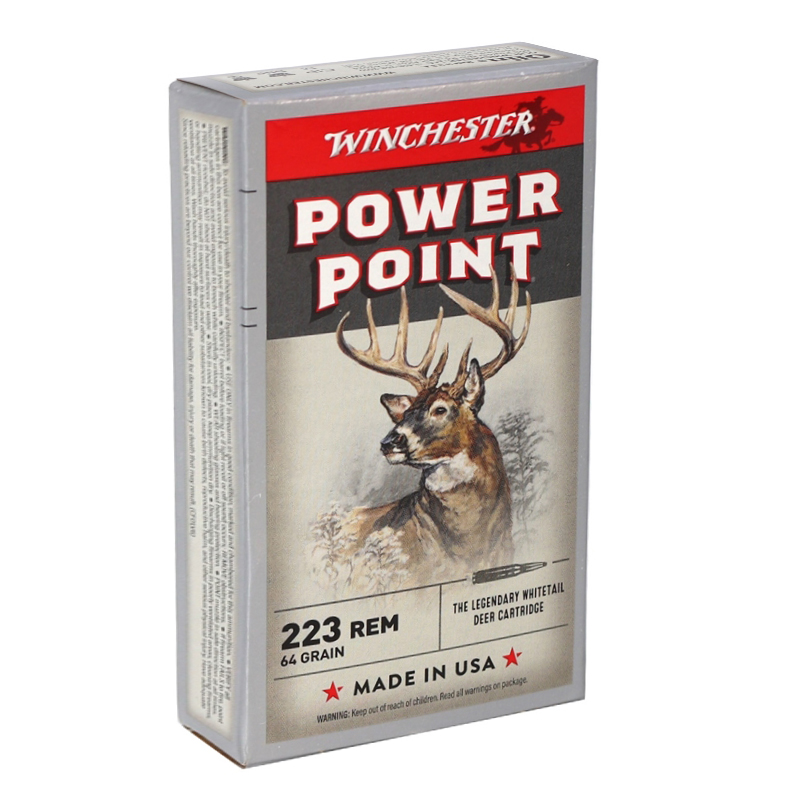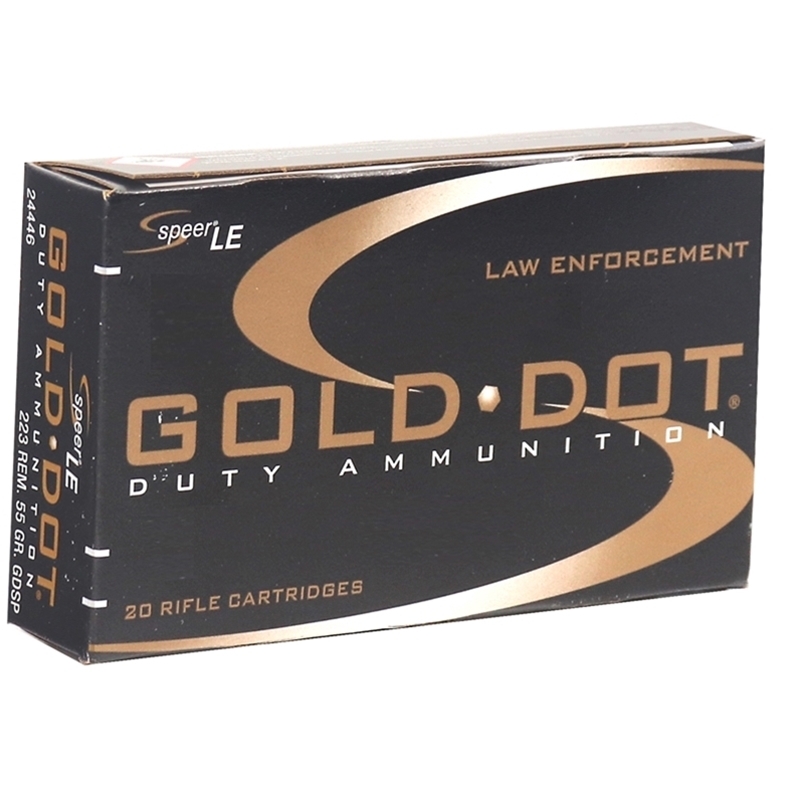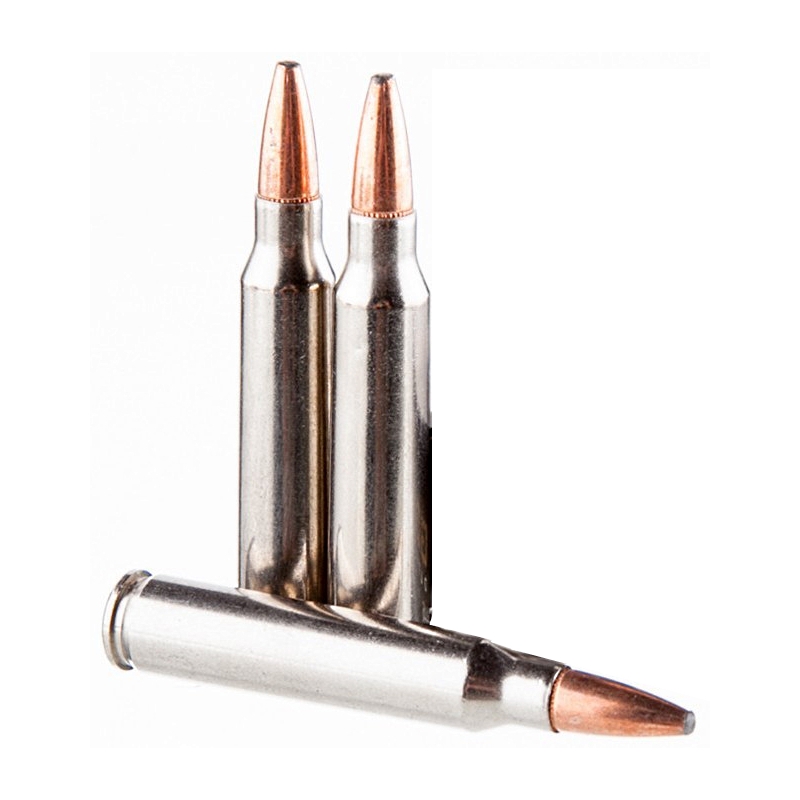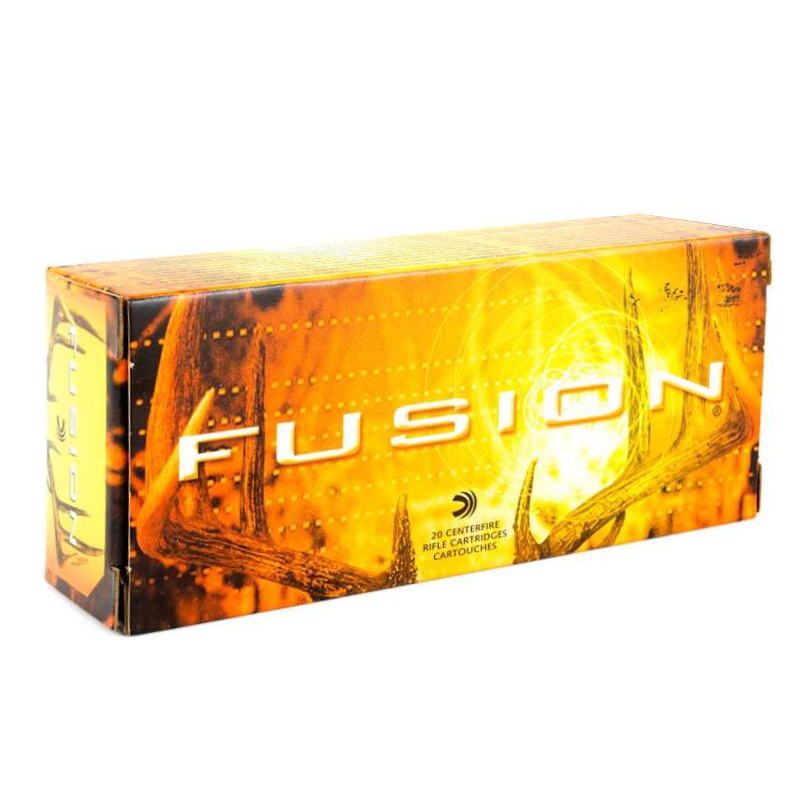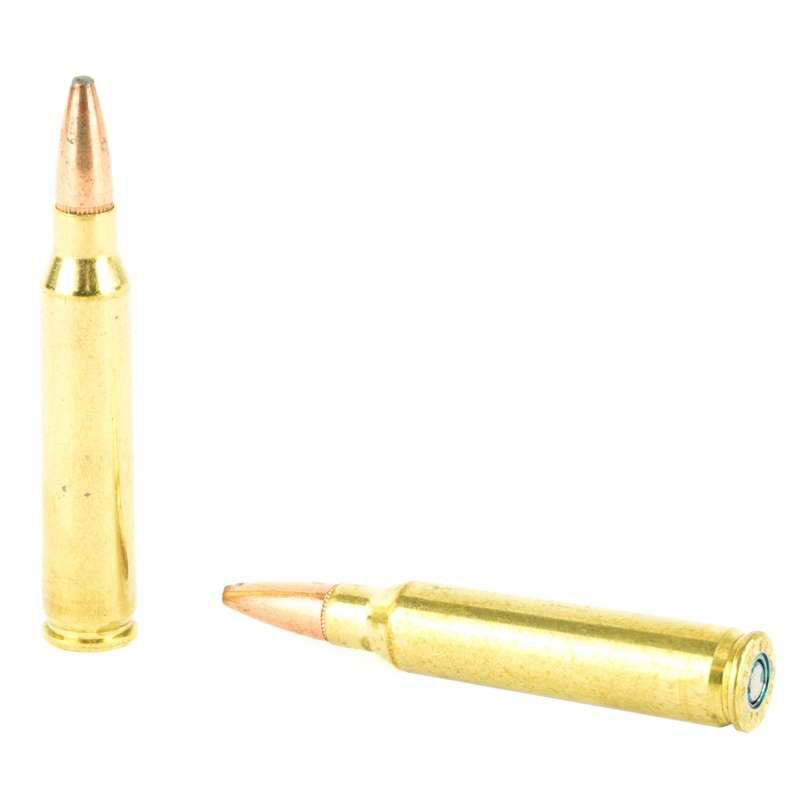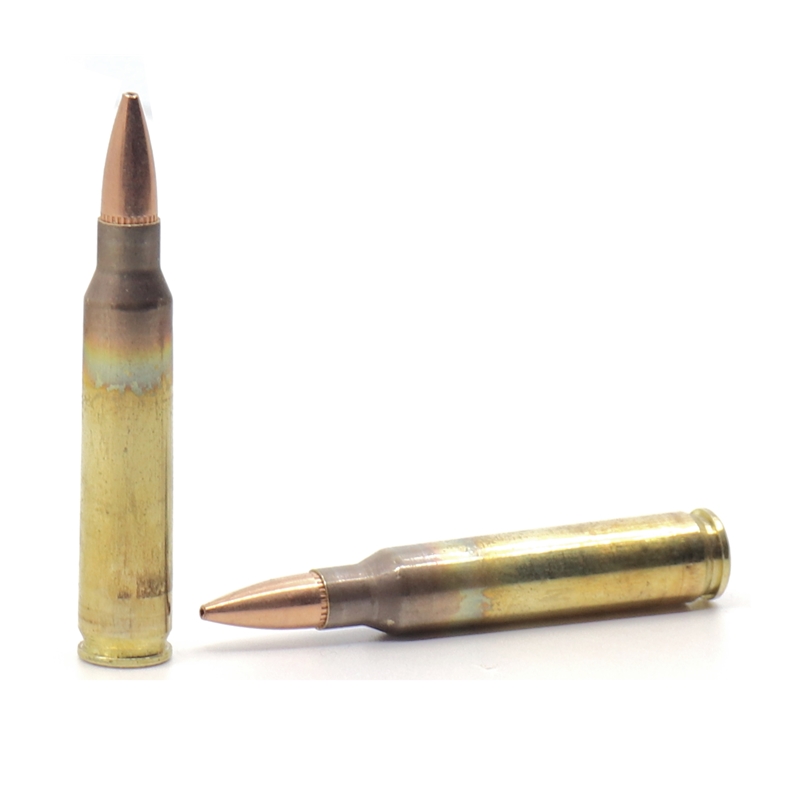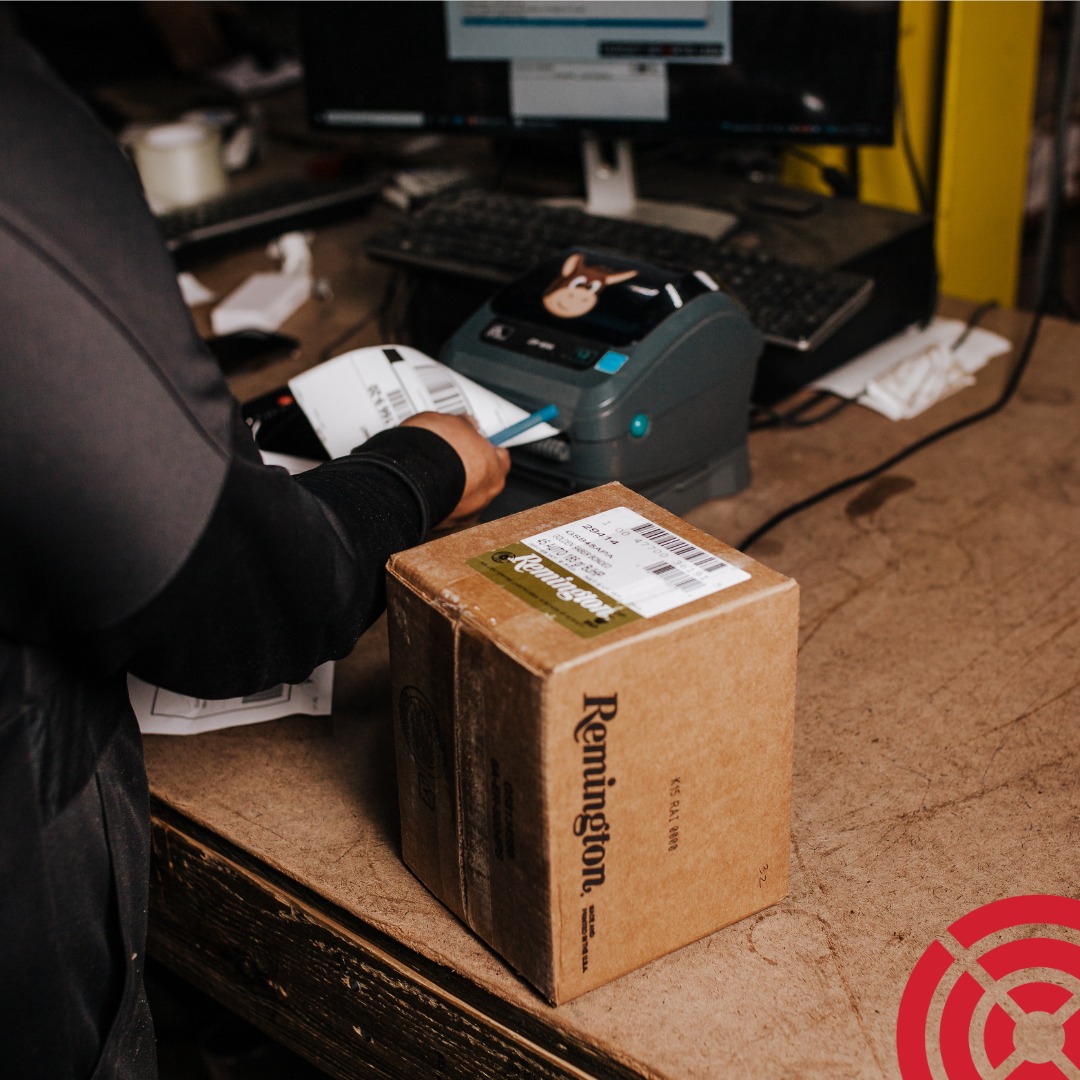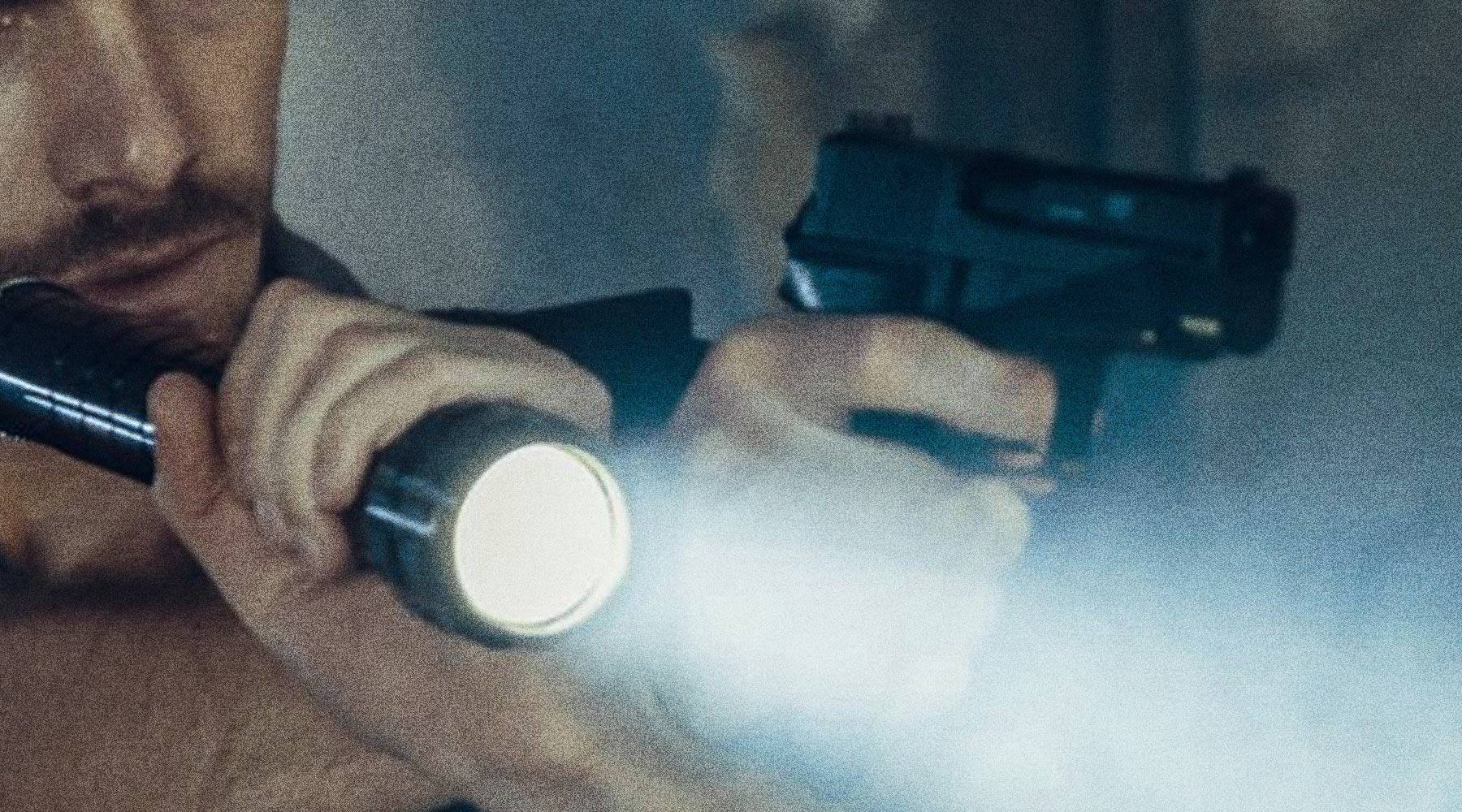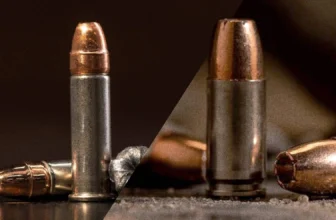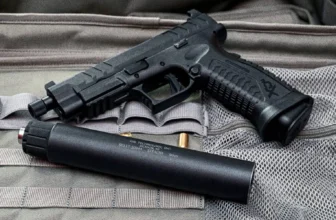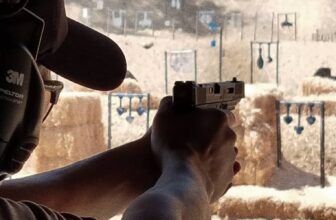Welcome to the wild world of SBR life—where shorter barrels, louder bangs, and bigger muzzle flashes are all part of the fun! If you’re running a 12″ short-barreled rifle (SBR), you’ve probably noticed that things like velocity, gas pressure, and muzzle flash can get… spicy.
But what if we told you that the SBR ammo you choose could make or break your experience?
In this article, we’ll dive into why running better-suited close-quarters combat (CQB) 556 ammo is a better choice for your 12″ SBR AR-15 compared to the universal standard XM193 5.56 NATO round.
Should you use faster-burning powders for a short-barrel rifle? Is standard military ammo like XM193 enough? Let’s break it down so you can find the best 556 SBR ammo for your 12″ SBR AR15 setup.
The SBR Struggle: Why Barrel Length Matters
Okay, let’s take a moment to understand how we got here. The standard M193 5.56 NATO cartridge was designed with a 20” barrel in mind (think: the original M16). This longer barrel gives slow-burning powders time to fully combust, generating maximum velocity by the time the bullet exits the muzzle.
But here’s the thing: with a 12” barrel, you’re working with 8 fewer inches of runway for the propellant to do its job.
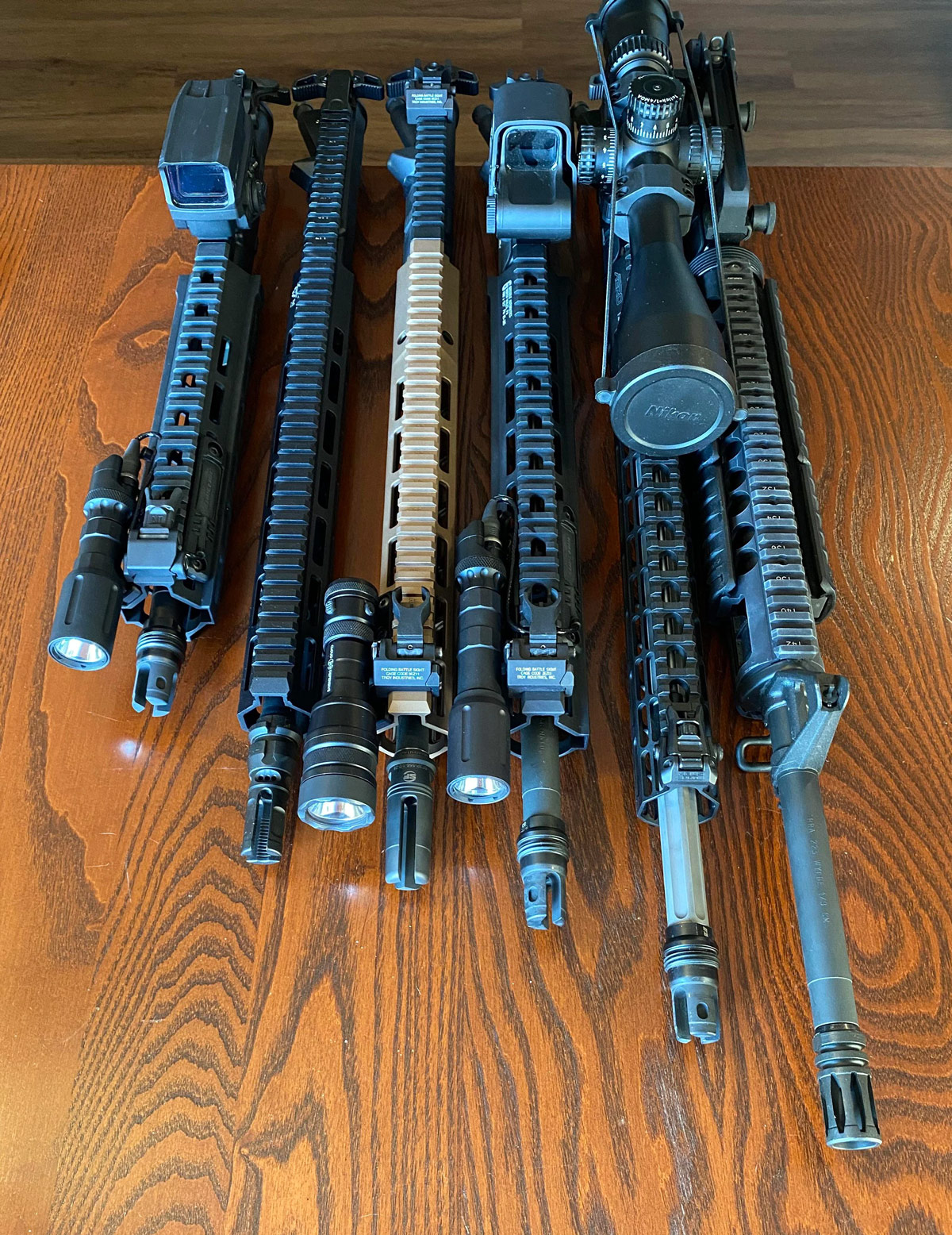
This means:
- Slower powders won’t fully burn, leaving unburned powder (cue the big fireball and muzzle blast).
- Lost velocity, which matters for terminal performance.
- More gas pressure at the muzzle, which can overwork suppressors if you’re running one.
Ammo like XM193 uses ball powder, which has a slower burn rate. It’s a great choice if you’re running a 16″ to 20″ barrel, where the full burn can generate the speed and power this ammo was designed for. But in a short barrel, it’s like asking a sprinter to run a marathon—it’s just not going to perform the same way.
For SBRs, faster-burning powders are ideal because:
- They burn more completely in the limited space of a 12″ barrel.
- Reduced muzzle flash means you’re not sending a fireball downrange with every shot.
- Cleaner operation means fewer unburned particles fouling your suppressor or rifle.
Example Ballistics for Short Barrel vs. Standard Barrel Length Using Regular 55 grain FMJ 556 Ammo
| Barrel Length | Distance (Yards) | Muzzle Velocity (fps) | Energy (ft-lbs) |
| 20″ Barrel | 0 | ~3,250 | ~1,300 |
| 50 | ~3,100 | ~1,180 | |
| 100 | ~2,950 | ~1,070 | |
| 200 | ~2,700 | ~890 | |
| 16″ Barrel | 0 | ~3,000 | ~1,100 |
| 50 | ~2,850 | ~1,000 | |
| 100 | ~2,700 | ~900 | |
| 200 | ~2,450 | ~750 | |
| 12″ Barrel | 0 | ~2,800 | ~960 |
| 50 | ~2,650 | ~870 | |
| 100 | ~2,500 | ~780 | |
| 200 | ~2,200 | ~600 |
As you can see (based on the generalized tables above), shorter barrels mean less velocity and energy, but optimizing your propellant burn rate can help squeeze the most performance out of those 12 inches.
Similar Issues With M855 62 Grain Green Tip 556 Ammo During War in Afghanistan

Image Source: https://www.armyupress.army.mil/Journals/NCO-Journal/Archives/2018/December/Urban-Master-Training-School/
During close-quarters battles (CQB) in Afghanistan, U.S. troops quickly realized that M855 wasn’t delivering reliable stopping power. The round, originally designed for Cold War-era engagements, relied on high velocity for fragmentation—but in the tight, urban environments of Afghanistan, it often failed to incapacitate enemies quickly.
One major issue was penetration loss due to clothing and gear. Taliban fighters frequently wore thick wool garments, layered tunics, or chest rigs filled with mags and equipment, which slowed down or even deflected M855 rounds before they could yaw or fragment. Compounding this problem, short-barreled rifles like the Mk 18 (10.3”) and M4 (14.5”) produced lower muzzle velocities, reducing the likelihood of fragmentation altogether. Soldiers reported instances where multiple rounds were needed to stop threats, even at point-blank range—a critical failure in high-risk CQB environments (Watson, 2010).
To address this, special operations forces transitioned to Mk 262 Mod 1 (77-grain OTM) and later M855A1 (Source), both of which provided better terminal performance in close-quarters fights. These rounds fragmented more reliably and offered greater effectiveness against clothed, determined adversaries, making them superior choices for modern CQB engagements.
The Benefits of CQB-Suited Ammo for 12″ SBR AR-15s
Using ammo specifically designed for close-quarters combat (CQB) scenarios can greatly improve the performance of your 12” SBR. Here’s why:
- Better Expansion and Terminal Performance: Many CQB ammo types are designed to expand or fragment upon impact, maximizing stopping power at shorter ranges. This is crucial when you’re running a shorter barrel, as the velocity is already lower compared to a full-length rifle.
- Optimized Burn Rate: CQB ammo often uses powders that burn faster, ensuring that more energy is transferred before the bullet leaves the barrel. This results in better velocity and consistent pressures, which are key factors in SBR performance.
- Reduced Muzzle Flash: CQB ammo often includes flash-suppressing additives in the powder, which helps reduce the signature fireball, making it ideal for home defense or low-light scenarios.
Should You Handload for Better Results?
Honestly, no. Not unless you’re super into handloading. BUT, if you’re serious about squeezing the best performance from your SBR, handloading your own ammo with a faster-burning powder might be worth it. Powders like H335 or IMR 4198 offer a faster burn rate and are better suited for short barrels. But be cautious—use powders designed for 5.56 NATO pressure levels. Too fast a burn rate can spike pressure too early in the cycle, which could wear out your rifle’s components.
Product Recommendations for SBR 556 Ammunition
When it comes to finding the best ammo for your short-barreled AR-15, choosing the right ammo is crucial for performance, stopping power, and safety.
Here are some top ammo recommendations for different use cases, with considerations for each:
Hornady Critical Defense 223 Remington Ammo 73 Grain Flex Tip Expanding
This round is specifically designed for short-barreled rifles used in close-quarters situations. It’s engineered for optimal expansion, which is crucial for quick stopping power without over-penetration, making it ideal for home defense. The heavier 73-grain bullet retains energy well, even at lower velocities typical of short barrels, and the patented FTX bullet design ensures reliable expansion upon impact, making it a trusted choice for defending your home.
| Manufacturer | Hornady Ammo |
| Caliber | 223 Remington Ammo |
| Bullet Type | Jacketed Flex Tip Expanding |
| Muzzle Velocity | 2790 fps |
| Muzzle Energy | 1262 ft lbs |
| Primer | Boxer |
| Casing | Nickle Plated Brass Casing |
| Ammo Rating | Personal Protection 556 Ammo |
| Grain | 73 |
Check Prices on TARGET SPORTS USA
Winchester Super-X 223 Remington 64 Grain Pointed Soft Point
This is a great choice for both CQB and home defense. It offers consistent penetration and expansion, which can help you avoid the risk of over-penetration in a home environment while still delivering effective terminal ballistics. The bonded core ensures the bullet stays intact, providing consistent, reliable performance, which is essential when firing through barriers, such as drywall or light cover.
| Manufacturer | Winchester Ammunition |
| Caliber | 223 Remington Ammo |
| Bullet Type | Pointed Soft Point |
| Muzzle Velocity | 3020 fps |
| Muzzle Energy | 1296 ft. lbs. |
| Primer | Boxer |
| Casing | Brass Casing |
| Ammo Rating | Medium Game Hunting / Personal Protection 223 Rem Ammo |
| Grain | 64 |
Check Prices on TARGET SPORTS USA
Speer Gold Dot LE Duty 223 Remington Ammunition 55 Grain Soft Point- 24446
This round provides controlled expansion and excellent weight retention, making it effective in close-quarters engagements where over-penetration could be a concern. It’s a solid choice for home defense in an SBR, as it has a soft point that initiates controlled expansion, ensuring effective energy transfer to the target while minimizing risks in confined spaces. Speer has some of the highest quality control standards around and is worth every penny.
| Manufacturer | Speer Ammo |
| Caliber | 223 Remington Ammo |
| Bullet Type | Jacketed Soft Point |
| Muzzle Velocity | 3220 fps |
| Muzzle Energy | 1266 ft. lbs. |
| Primer | Boxer |
| Casing | Nickle Plated Brass Casing |
| Ammo Rating | Personal Protection 223 Rem Ammo |
| Grain | 55 |
Check Prices on TARGET SPORTS USA
Federal Fusion 223 Remington Ammo 62 Grain Spitzer Soft Point Boat Tail
Designed to deliver controlled expansion and deep penetration, this round works well for both hunting and defensive use in short-barreled rifles. It offers reliable stopping power without excessive penetration, which is essential in a home defense scenario. The 62-grain jacketed soft point is designed to initiate expansion quickly, providing a balance between stopping power and the need to avoid collateral damage within the home.
| Manufacturer | Federal Ammo |
| Caliber | 223 Remington Ammo |
| Bullet Type | Jacketed Soft Point |
| Muzzle Velocity | 3000 fps |
| Muzzle Energy | 1239 ft. lbs. |
| Primer | Boxer |
| Casing | Brass Casing |
| Ammo Rating | Hunting 223 Rem Ammo |
| Grain | 62 |
Check Prices on TARGET SPORTS USA
Black Hills 5.56mm Ammo NATO 77 Grain OTM (Open Tip Match)
While originally designed for long-range precision, this heavier round performs well in SBRs by maintaining effective terminal ballistics despite lower muzzle velocities. The 77-grain OTM is known for its accuracy and its ability to fragment effectively, which can be advantageous in CQB situations, providing a good balance of penetration and expansion. Black Hills ammunition is battle tested and has a bult following amongst armed service personnel.
| Manufacturer | Black Hills Ammo |
| Caliber | 5.56mm NATO Ammo |
| Bullet Type | Open Tip Match (OTM) |
| Muzzle Velocity | 2750 fps |
| Muzzle Energy | 1293 ft lbs |
| Primer | Boxer |
| Casing | Brass Casing |
| Ammo Rating | Competition / Personal Protection 556 Ammo |
| Grain | 77 |
Why .223 Can Be a Smart Choice for CQB in a 5.56 SBR
While 5.56 NATO is the standard for duty rifles, .223 Remington can actually offer advantages in a short-barreled rifle (SBR) for CQB. One key reason is that .223 loads—especially soft points (SP) and jacketed hollow points (JHP)—tend to expand more reliably at lower velocities, delivering better immediate stopping power in close engagements.
In a short-barreled 5.56 rifle (like a 10.3” or 11.5”), muzzle velocity takes a noticeable hit, often dropping below the fragmentation threshold for standard M855 or M193. Many .223 loads, however, are optimized for lower velocities and still expand or yaw effectively at CQB distances. This means faster incapacitation, less risk of overpenetration, and better performance against soft targets—especially indoors or in urban environments.
For those running a 5.56-chambered SBR, high-quality .223 defensive loads (such as Hornady TAP, Speer Gold Dot, or Barnes TSX) can be an excellent choice, balancing terminal effectiveness with controllability and reduced muzzle blast compared to full-power 5.56 rounds.
Considerations for Running Specific Ammo in SBRs
- Powder Burn Rate: As mentioned earlier, faster-burning powders are more efficient in shorter barrels. Consider ammunition that uses powders optimized for burn rates that match a shorter gas system to avoid excessive flash and to maintain consistent pressure levels.
- Bullet Weight: Heavier bullets (such as 75 or 77 grains) often perform better in SBRs, as they retain more energy at lower velocities. This is crucial for maintaining effective stopping power even when the round leaves the barrel at a slower speed compared to longer barrels.
- Barrier Penetration: When selecting ammo for home defense, think about how the bullet will perform when penetrating barriers like drywall or doors. Bonded bullets, such as Federal Tactical Bonded, are designed to stay intact and retain weight, ensuring consistent performance through intermediate barriers.
- Muzzle Flash: The choice of ammunition also affects the muzzle flash. Rounds specifically designed for SBRs, like Hornady TAP SBR, often have additives in the powder to reduce flash, which is a significant consideration for low-light environments or home defense where blinding muzzle flash can be a disadvantage.
- Gas System Tuning: Running different types of ammunition may require adjustments to your gas system. An adjustable gas block can be incredibly useful to manage pressure levels, ensuring consistent cycling regardless of the load being used.
Twist Rates and Bullet Grain Weights: How They Affect Ammo Choices
Another critical factor in selecting the best ammo for your short-barreled AR-15 is understanding how twist rates and bullet grain weights work together to impact accuracy and stability.
- Twist Rate Basics: The twist rate of a barrel is the rate at which the rifling twists down the length of the barrel. It is typically represented as a ratio (e.g., 1:7, 1:9), which means one full rotation of the bullet in 7 or 9 inches of barrel length, respectively. The twist rate has a direct effect on the bullet’s stability.
- Optimal Bullet Weights for Twist Rates:
- 1:7 Twist Rate: This is a fast twist rate that is ideal for heavier bullets (typically 62 grains and up). If you’re using heavier rounds like 75-77 grain bullets, a 1:7 twist rate will provide the stability needed for accuracy and effectiveness, making it ideal for an SBR setup focused on CQB scenarios.
- 1:9 Twist Rate: A slower twist rate that works better for lighter bullets (such as 55-62 grains). While this twist rate can work well with XM193 (55 grains), it may struggle to stabilize heavier rounds, which are often preferred for CQB use due to their superior terminal ballistics.
- Why Twist Rate Matters for SBRs: In a short-barreled rifle, you have a shorter distance to stabilize the bullet, which makes choosing the correct twist rate and bullet weight even more important. A 1:7 twist is generally preferred for SBRs because it provides better stability for the heavier bullets that tend to perform better in short-barrel configurations. Heavier rounds not only retain energy better but also tend to have more reliable expansion and penetration at the lower velocities seen in SBRs.
- Matching Ammo to Your Barrel: If your SBR has a 1:7 twist rate, you’ll want to focus on heavier bullets like 75-77 grains to ensure accuracy and optimal performance. These rounds are less affected by wind drift and provide better penetration
Frequently Asked Questions (FAQ)
Q: Can I use standard 556 (XM193) ammo in my SBR?
A: Yes, XM193 will work in your SBR, but you might experience increased muzzle flash, lower velocity, and potentially need gas system adjustments. For better performance, consider using ammo with a faster-burning powder or handload your rounds.
Q: Do I need an adjustable gas block for my SBR?
A: While it’s not strictly necessary, an adjustable gas block can significantly improve reliability and reduce wear and tear by allowing you to tune gas flow—especially helpful if you’re running a suppressor or switching between different types of ammunition.
Q: What’s the best suppressor for a 12” SBR?
A: A suppressor like the Dead Air Sandman-S is a great choice. It’s built to handle the higher pressures that come with short barrels and offers effective sound reduction.
Q: Should I handload ammo specifically for my SBR?
A: If you want the best possible performance, handloading is a great option. Using a faster-burning powder can improve burn efficiency, reduce muzzle flash, and get the most out of your 12” barrel.
Q: Why does XM193 (556) ammo create such a big muzzle flash in my SBR?
A: XM193 is loaded with a slower-burning ball powder, optimized for longer barrels. In a shorter 12” barrel, not all the powder burns before the bullet leaves the muzzle, which creates a larger flash as the unburned powder ignites outside the barrel.
The Final Verdict on 556 SBR Ammo
At the end of the day, XM193 will still run fine in your 12″ SBR, but it may not be the best ammo for your short-barreled AR-15—you’ll just need to accept a few quirks, like lower velocity and more blast. If you’re after maximum efficiency, though, faster-burning powders or optimized handloads are definitely the way to go. And if you’re running a suppressor, tuning your gas system can make all the difference.
Whether you’re using off-the-shelf XM193 or diving into handloading, your SBR is still going to bring the heat—literally. Just be ready to dial in the right setup to keep things smooth, fast, and as fire-free as possible.
Get the Ammo You Need at Target Sports USA
Ready to load up? Target Sports USA has you covered with a full lineup of XM193, M855, and SBR 5.56 ammo to keep your SBR running strong. Whether you need bulk ammo for training or just a few boxes for range day, we’ve got the deals to get you locked and loaded. Check out our latest deals on bulk ammo and gear up today!
